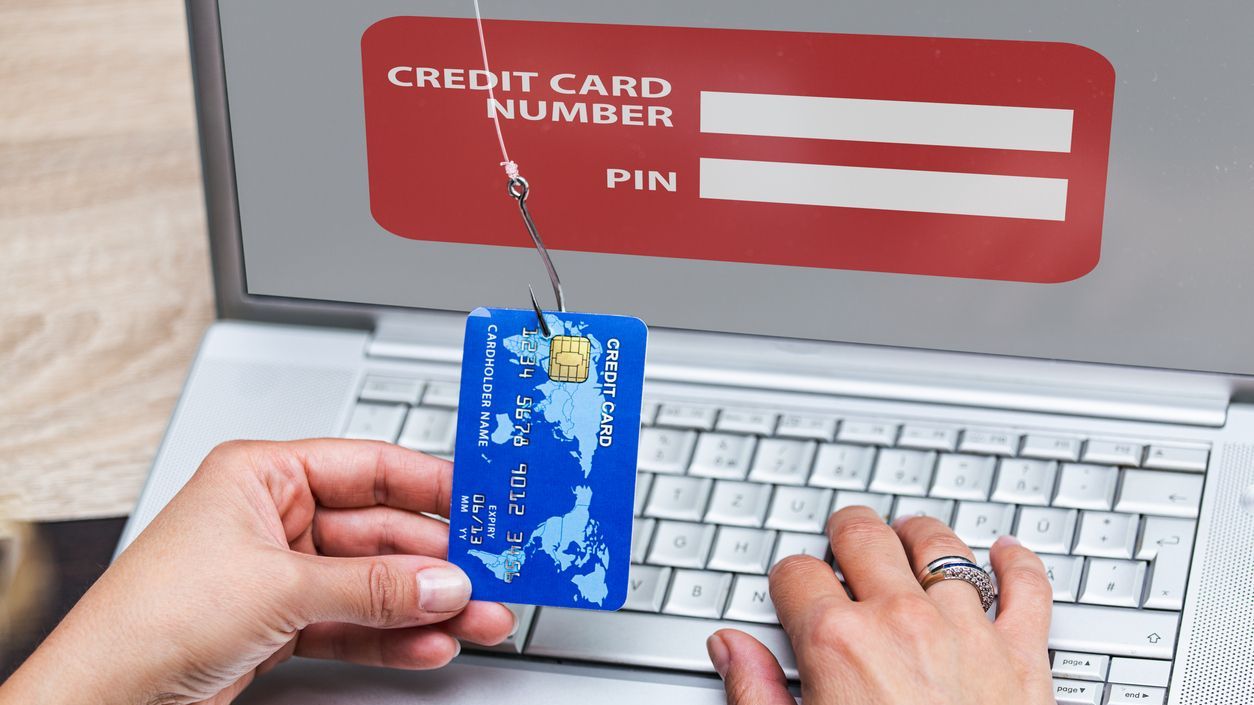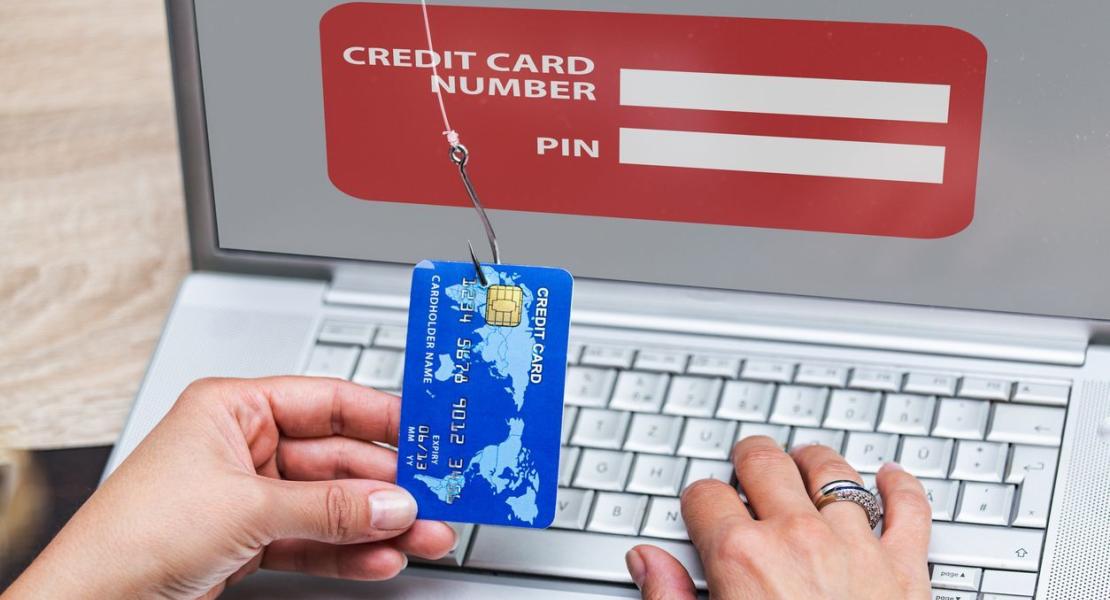Safe Online Shopping Tips
Shop Smart: How to Stay Safe While Shopping Online
You’ve probably seen ads on Facebook or other places online that promise amazing products for super low prices. Maybe it’s a brand-name jacket for $20 or a new phone for half the price. These deals can look real, but many are scams.
Scammers use fake ads and websites to trick people. They might take your money and never send the product. Some even try to steal your personal information or put harmful software on your device.






